Scientists Are Pretty Sure That Deep Inside The Moon, There’s Water


Scientists are pretty sure that deep inside the moon, there’s water
While Earth’s surface cracks and spouts fire, the moon’s surface, for as long as we’ve known it, has been quiet.
The youngest sign of volcanic activity scientists have found on the moon’s surface is 18 million years old.
But the traces of that long-ago volcanic activity could help scientists crack an enduring mystery: How much water is on the moon?
A study published Monday in Nature Geoscience suggests it may be more than we thought. Read more (7/24/17)
follow @the-future-now
More Posts from Contradictiontonature and Others

Quote from #JaneGoodall primatologist and anthropologist. More quotes like this to inspire you in my new journal I Love Science, in stores March but ready for preorder now! #womeninscience #ilovescience #anthropology #scientificliteracy

This Week in Chemistry: Preventing marble statue weathering, further progress towards hydrogen fusion, and more! Links: http://goo.gl/WeJRV5
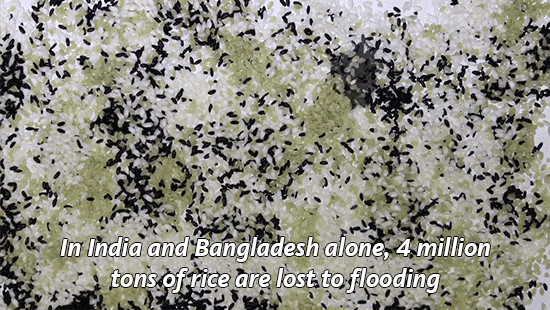
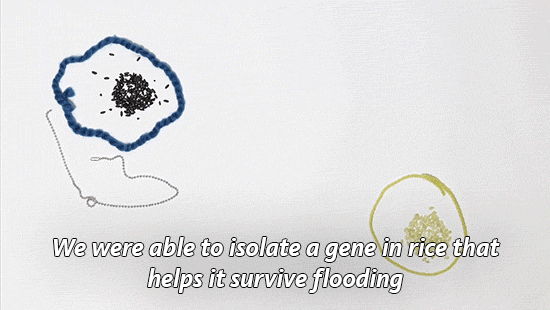
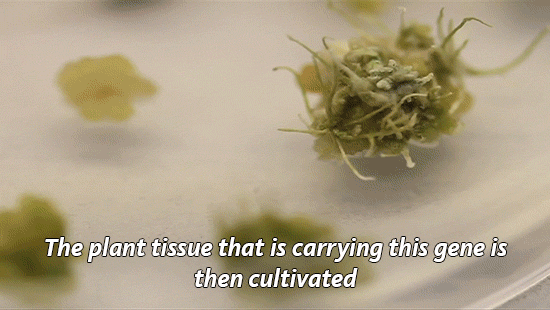
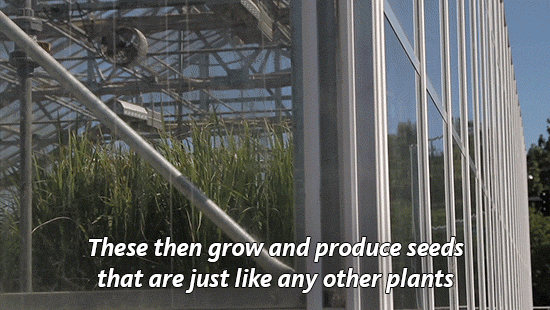
Why we need GMOs to survive climate change
Genetically modified organisms get a bad rap for many reasons, but we’ve actually been genetically altering what we eat since the dawn of human history.
“For 10,000 years, we have altered the genetic makeup of our crops,”explains UC Davis plant pathology professor Pamela Ronald.
“Today virtually everything we eat is produced from seeds that we have genetically altered in one way or another.” (You can read more about Ronald’s thoughts on genetically engineered food here.)
Right now her focus is on rice. It’s one of our basic crops and without it, we would struggle to feed much of the world.
With climate change, we’re seeing an increase in flooding in places like India and Bangladesh, which makes it harder to grow this important food staple.
So Ronald and her lab have developed a flood-tolerant strain of rice. It’s known as Sub1a or “scuba rice” and millions of farmers in South Asia are now growing it in their fields.

Today is National Food Day, a day dedicated to hunger awareness. But as we focus on food insecurity, we need to talk more about how global warming will make the problem worse.
As our climate continues to heat up, it has huge impacts on what foods we are able to grow. Will our crops be able to survive droughts and floods? The University of California leads six labs that are working to develop other climate-resilient crops including chickpea, cowpea and millet.
Find out what other scientists are doing to improve our food.

Antibody Therapy Creates New Opportunities For Treating Brain Diseases
Immunotherapy has proven to be effective against many serious diseases. But to treat diseases in the brain, the antibodies must first get past the obstacle of the blood-brain barrier. In a new study, a research group at Uppsala University describes their development of a new antibody design that increases brain uptake of antibodies almost 100-fold.
Immunotherapy entails treatment with antibodies; it is the fastest growing field in pharmaceutical development. In recent years, immunotherapy has successfully been used to treat cancer and rheumatoid arthritis, and the results of clinical studies look very promising for several other diseases. Antibodies are unique in that they can be modified to strongly bind to almost any disease-causing protein. In other words, major potential exists for new antibody-based medicines.
The problem with immunotherapy for diseases affecting the brain is that the brain is protected by a very tight layer of cells, called the blood-brain barrier. The blood-brain barrier effectively prevents large molecules, such as antibodies, from passing from the bloodstream into the brain. It has therefore been difficult to use immunotherapy to treat Alzheimer’s and Parkinson’s disease, which affect the brain, as well as cancerous tumours in the brain.
It has been known for a long time that some large proteins are actively transported across the blood-brain barrier. These include a protein called transferrin, whose primary task is to bind to iron in the blood and then transport it to the brain. The research group behind this new study has taken advantage of this process and modified the antibodies they want to transport into the brain using components that bind to the transferrin receptor. Then, like a Trojan horse, the receptor transports antibodies into the brain. The number of modifications to and placement of the antibodies have proven to be important factors for making this process as effective as possible.
“Bivalent Brain Shuttle Increases Antibody Uptake by Monovalent Binding to the Transferrin Receptor” by Greta Hultqvist, Stina Syvänen, Xiaotian T Fang, Lars Lannfelt, and Dag Sehlin in Theranostics. Published online January 2017 doi:10.7150/thno.17155
The green antibody is modified using two components that bind to the transferrin receptor and enable the antibody to pass through the blood-brain barrier. The components are placed in such a way that prevents them from being able to bind simultaneously. The placement is important, because otherwise the antibody would not detach on the far side of the blood-brain barrier. NeuroscienceNews.com image is credited to Greta Hultqvist.
“Sixth sense” may be more than just a feeling
With the help of two young patients with a unique neurological disorder, an initial study by scientists at the National Institutes of Health suggests that a gene called PIEZO2 controls specific aspects of human touch and proprioception, a “sixth sense” describing awareness of one’s body in space. Mutations in the gene caused the two to have movement and balance problems and the loss of some forms of touch. Despite their difficulties, they both appeared to cope with these challenges by relying heavily on vision and other senses.
“Our study highlights the critical importance of PIEZO2 and the senses it controls in our daily lives,” said Carsten G. Bönnemann, M.D., senior investigator at the NIH’s National Institute of Neurological Disorders and Stroke (NINDS) and a co-leader of the study published in the New England Journal of Medicine. “The results establish that PIEZO2 is a touch and proprioception gene in humans. Understanding its role in these senses may provide clues to a variety of neurological disorders.”
Dr. Bönnemann’s team uses cutting edge genetic techniques to help diagnose children around the world who have disorders that are difficult to characterize. The two patients in this study are unrelated, one nine and the other 19 years old. They have difficulties walking; hip, finger and foot deformities; and abnormally curved spines diagnosed as progressive scoliosis.

Working with the laboratory of Alexander T. Chesler, Ph.D., investigator at NIH’s National Center for Complementary and Integrative Health (NCCIH), the researchers discovered that the patients have mutations in the PIEZO2 gene that appear to block the normal production or activity of Piezo2 proteins in their cells. Piezo2 is what scientists call a mechanosensitive protein because it generates electrical nerve signals in response to changes in cell shape, such as when skin cells and neurons of the hand are pressed against a table. Studies in mice suggest that Piezo2 is found in the neurons that control touch and proprioception.
“As someone who studies Piezo2 in mice, working with these patients was humbling,” said Dr. Chesler. “Our results suggest they are touch-blind. The patient’s version of Piezo2 may not work, so their neurons cannot detect touch or limb movements.”
Further examinations at the NIH Clinical Center suggested the young patients lack body awareness. Blindfolding them made walking extremely difficult, causing them to stagger and stumble from side to side while assistants prevented them from falling. When the researchers compared the two patients with unaffected volunteers, they found that blindfolding the young patients made it harder for them to reliably reach for an object in front of their faces than it was for the volunteers. Without looking, the patients could not guess the direction their joints were being moved as well as the control subjects could.
The patients were also less sensitive to certain forms of touch. They could not feel vibrations from a buzzing tuning fork as well as the control subjects could. Nor could they tell the difference between one or two small ends of a caliper pressed firmly against their palms. Brain scans of one patient showed no response when the palm of her hand was brushed.
Nevertheless, the patients could feel other forms of touch. Stroking or brushing hairy skin is normally perceived as pleasant. Although they both felt the brushing of hairy skin, one claimed it felt prickly instead of the pleasant sensation reported by unaffected volunteers. Brain scans showed different activity patterns in response to brushing between unaffected volunteers and the patient who felt prickliness.
Despite these differences, the patients’ nervous systems appeared to be developing normally. They were able to feel pain, itch, and temperature normally; the nerves in their limbs conducted electricity rapidly; and their brains and cognitive abilities were similar to the control subjects of their age.
“What’s remarkable about these patients is how much their nervous systems compensate for their lack of touch and body awareness,” said Dr. Bönnemann. “It suggests the nervous system may have several alternate pathways that we can tap into when designing new therapies.”
Previous studies found that mutations in PIEZO2 may have various effects on the Piezo2 protein that may result in genetic musculoskeletal disorders, including distal arthrogryposis type 5, Gordon Syndrome, and Marden-Walker Syndrome. Drs. Bönnemann and Chesler concluded that the scoliosis and joint problems of the patients in this study suggest that Piezo2 is either directly required for the normal growth and alignment of the skeletal system or that touch and proprioception indirectly guide skeletal development.
“Our study demonstrates that bench and bedside research are connected by a two-way street,” said Dr. Chesler. “Results from basic laboratory research guided our examination of the children. Now we can take that knowledge back to the lab and use it to design future experiments investigating the role of PIEZO2 in nervous system and musculoskeletal development.”
Dive deep into Episode 05 of #ShelfLife to discover the various technologies that have helped humans map the sky around us for eons.

From sundials to mega-powered modern telescopes, tools for stargazing allow us to understand the universe—and our place within it. Season 2 begins on November 1.

-
 3spe0n liked this · 7 years ago
3spe0n liked this · 7 years ago -
 the-nomadic-writer liked this · 7 years ago
the-nomadic-writer liked this · 7 years ago -
 lemonkerrbee reblogged this · 7 years ago
lemonkerrbee reblogged this · 7 years ago -
 petey-quill reblogged this · 7 years ago
petey-quill reblogged this · 7 years ago -
 lord-starquaad reblogged this · 7 years ago
lord-starquaad reblogged this · 7 years ago -
 corthothbrun-blog liked this · 7 years ago
corthothbrun-blog liked this · 7 years ago -
 murderer-at-midnight liked this · 7 years ago
murderer-at-midnight liked this · 7 years ago -
 khancrackers liked this · 7 years ago
khancrackers liked this · 7 years ago -
 nevertrulyset reblogged this · 7 years ago
nevertrulyset reblogged this · 7 years ago -
 sudwalla reblogged this · 7 years ago
sudwalla reblogged this · 7 years ago -
 myparalla-blog reblogged this · 7 years ago
myparalla-blog reblogged this · 7 years ago -
 myparalla-blog liked this · 7 years ago
myparalla-blog liked this · 7 years ago -
 tluminous-blog liked this · 7 years ago
tluminous-blog liked this · 7 years ago -
 tblindszy-blog liked this · 7 years ago
tblindszy-blog liked this · 7 years ago -
 tblindszy-blog reblogged this · 7 years ago
tblindszy-blog reblogged this · 7 years ago -
 rbeccamcm reblogged this · 7 years ago
rbeccamcm reblogged this · 7 years ago -
 timallenphoto liked this · 7 years ago
timallenphoto liked this · 7 years ago -
 stephaneraymond-blog reblogged this · 7 years ago
stephaneraymond-blog reblogged this · 7 years ago -
 stephaneraymond-blog liked this · 7 years ago
stephaneraymond-blog liked this · 7 years ago -
 nyinforms-blog liked this · 7 years ago
nyinforms-blog liked this · 7 years ago -
 nyinforms-blog reblogged this · 7 years ago
nyinforms-blog reblogged this · 7 years ago -
 duclocksm-blog liked this · 7 years ago
duclocksm-blog liked this · 7 years ago -
 cbookcase-blog liked this · 7 years ago
cbookcase-blog liked this · 7 years ago -
 vagarnett-blog reblogged this · 7 years ago
vagarnett-blog reblogged this · 7 years ago -
 vagarnett-blog liked this · 7 years ago
vagarnett-blog liked this · 7 years ago -
 cogtropolis reblogged this · 7 years ago
cogtropolis reblogged this · 7 years ago -
 jorecitat-blog liked this · 7 years ago
jorecitat-blog liked this · 7 years ago -
 jorecitat-blog reblogged this · 7 years ago
jorecitat-blog reblogged this · 7 years ago -
 ango-mcdango liked this · 7 years ago
ango-mcdango liked this · 7 years ago -
 gbohrcyxe-blog liked this · 7 years ago
gbohrcyxe-blog liked this · 7 years ago -
 gbohrcyxe-blog reblogged this · 7 years ago
gbohrcyxe-blog reblogged this · 7 years ago -
 ijustwanttobecontent liked this · 7 years ago
ijustwanttobecontent liked this · 7 years ago -
 innteresinewsnshit-blog reblogged this · 7 years ago
innteresinewsnshit-blog reblogged this · 7 years ago -
 jurearran-blog liked this · 7 years ago
jurearran-blog liked this · 7 years ago -
 gagradien-blog liked this · 7 years ago
gagradien-blog liked this · 7 years ago -
 claudetunes liked this · 7 years ago
claudetunes liked this · 7 years ago -
 zutiefst liked this · 7 years ago
zutiefst liked this · 7 years ago -
 fsizingss-blog liked this · 7 years ago
fsizingss-blog liked this · 7 years ago -
 dannoyerw-blog liked this · 7 years ago
dannoyerw-blog liked this · 7 years ago
A pharmacist and a little science sideblog. "Knowledge belongs to humanity, and is the torch which illuminates the world." - Louis Pasteur
215 posts

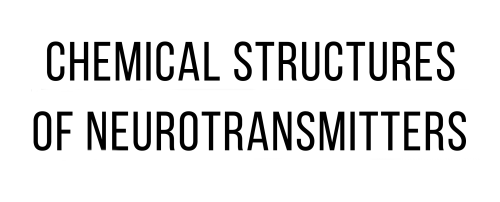
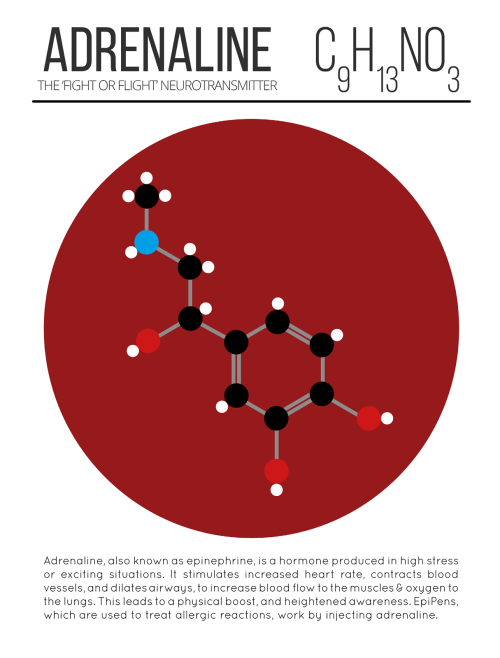
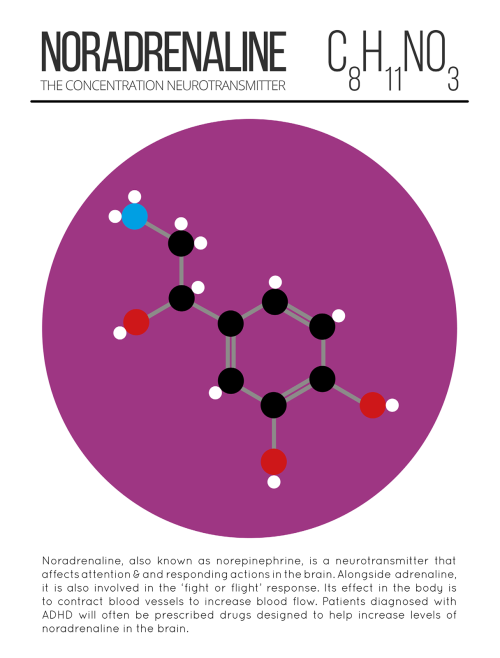
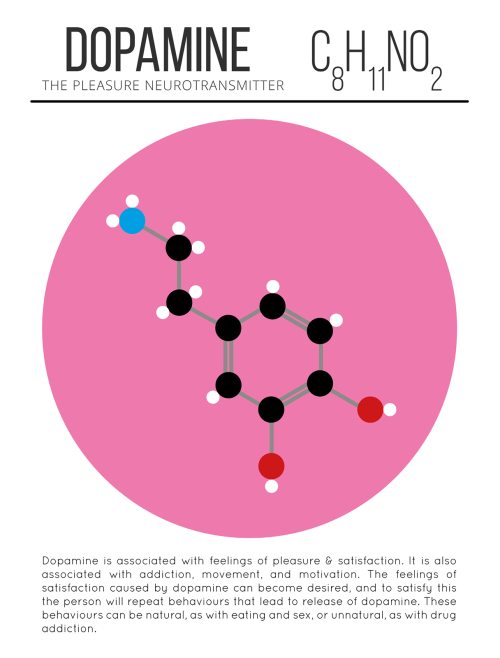

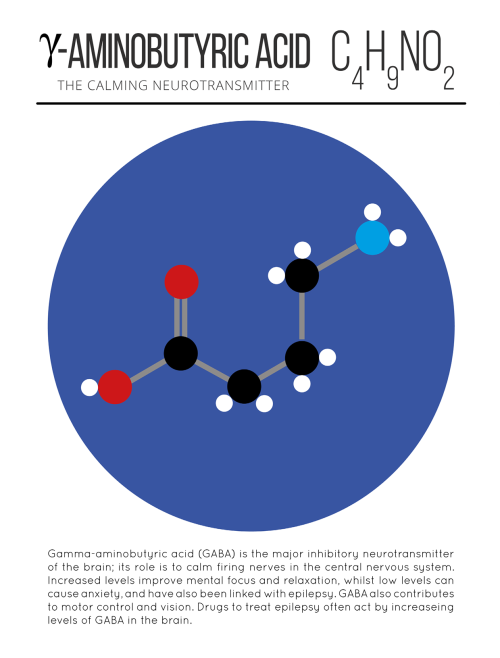
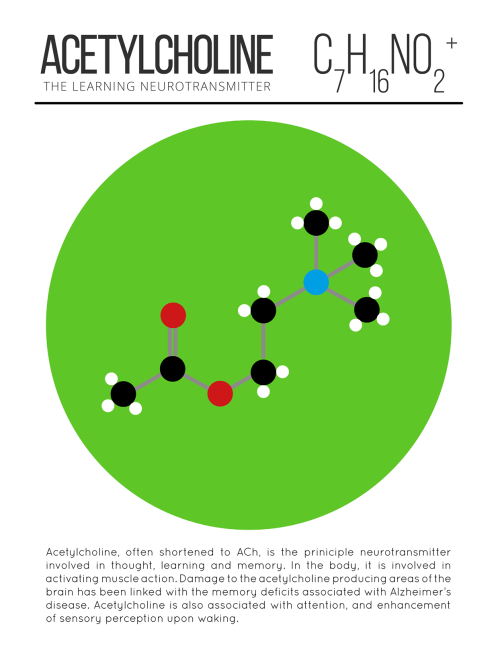

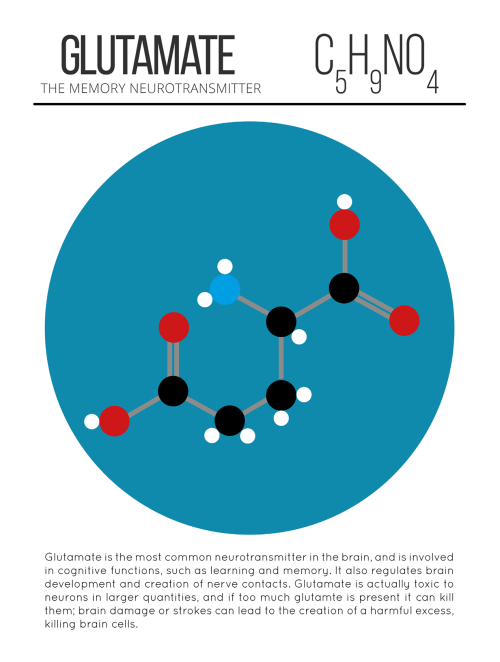






![WATCH: Incredible Fungi Timelapse From Planet Earth II [video]](https://64.media.tumblr.com/da995f5e13d64bab1262f9efd49d69f2/tumblr_oh2ci4oZoL1rte5gyo2_500.gif)
![WATCH: Incredible Fungi Timelapse From Planet Earth II [video]](https://64.media.tumblr.com/b511562c4c19db5ce249bf06e82aae53/tumblr_oh2ci4oZoL1rte5gyo1_r1_500.gif)
![WATCH: Incredible Fungi Timelapse From Planet Earth II [video]](https://64.media.tumblr.com/abc239b018423d75f925946061026028/tumblr_oh2ci4oZoL1rte5gyo4_500.gif)
![WATCH: Incredible Fungi Timelapse From Planet Earth II [video]](https://64.media.tumblr.com/6f861ea2c819adce87159946608aab7a/tumblr_oh2ci4oZoL1rte5gyo3_500.gif)